How Early Python Learning for Kids Can Shape Their Future Careers
How Early Python Learning for Kids Can Shape Their Future Careers
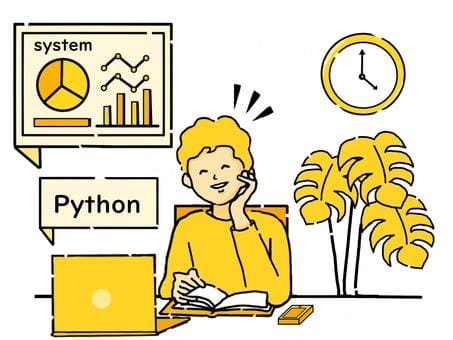
Technology lies at the core of most industries nowadays in the digitalized era including healthcare and finance, and the entertainment and education industries. Coding is one of the skills that are proving to be very important as this technological-driven world is transforming. Python for kids is one of the most newbie-friendly and robust languages even among the numerous programming languages out there; hence, it can be used by children as their first language.
The accessibility, practicality, and comprehensibility of Python syntax enable young learners to get a proper understanding of the program without being overwhelmed with it. They might be constructing games, developing animations, or even learning about data science fundamentals; however fast they work, children can get an immediate feedback on their work and progress, which increases their confidence and their interest in learning more. The advantages extend much further than the act of writing code, making it one of the best kids coding classes options available.
Learning Python promotes logical thinking, resolving problem-solving, which in turn promotes further into creativity that helps the child in all aspects of life. More to the point, it prepares a foundation of future careers in the most demanded STEM sectors such as software development, artificial intelligence, robotics, data analysis, and cybersecurity. Since Python is applicable in the advanced technologies, introducing it to the kids at an early age can offer them a great advantage.
This Blog is a discussion of the positive influence that early Python training has on the academic career of students and their future careers. In construction and computational thinking, innovation and resilience building, Python programming gives children more than technical knowledge; it allows them to develop minds and be ready to learn and change throughout their lives in a constantly evolving world.
Introduction
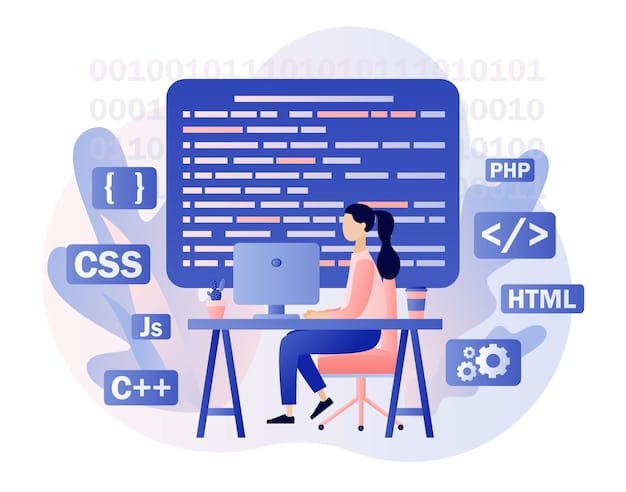
In a digital age where coding is becoming as essential as literacy, early exposure to programming offers kids a significant edge. Python for kids stands out for its simplicity, readability, and real-world applications. This blog dives into how learning Python early can unlock your child’s potential through kids' coding classes and pave the way for a strong coding career path.
Why Python Is Ideal for Kids
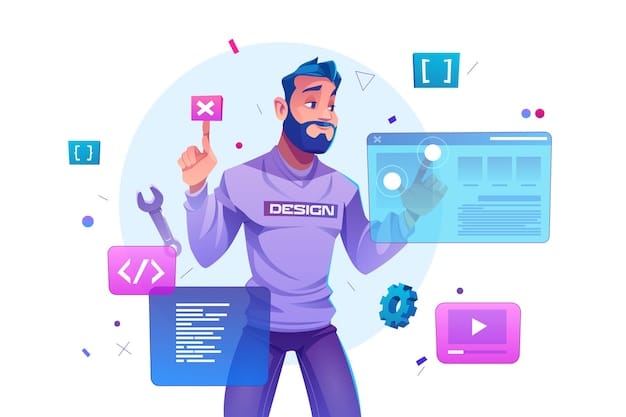
The programming language can be the deciding factor when educating programming for children. Python for kids has become one of the best competitors for young learners not only due to power and flexibility but also because it was designed with ease of use in mind. Its friendly interface enables children to start coding without the fear that is usually associated with more technical languages.
The human-readable and simple syntax is one of the greatest merits of Python. Unlike other programming languages with steep learning curves—where one must master multiple brackets and cryptic symbols—Python allows children to focus on understanding the logic behind code instead of struggling with its structure. This lowers the entry barrier, making the early stages of coding closer to writing plain English than solving a math problem, which is why it’s a popular choice in kids coding classes.
In reality, the Python code is very similar to ordinary English and, therefore, children understand humanities better. Case in point, when one is working with Python and runs a command such as, if score > 10: even a complete beginner, can easily read and interpret. That readability doesn't just speed up the learning process, but helps kids understand more of what their code is doing, which is a critical step to becoming a confident, independent coder.
Python is also very diverse and captivating which makes it a perfect way of getting creative. Regardless of the games they build, websites they design, animations they create, or even artificial intelligence they want to experiment with, kids can use Python as the tool and libraries to implement their project. This fluidity makes the learning process enjoyable and gets the children to fiddle with other parts of technology and innovation, laying the groundwork for a solid coding career path.
Besides understanding how to write code, learning Python assists children in critical-thinking skills also known as computational thinking; which helps kids learn how to solve problems of any size in a step-by-step, logically thinking manner. All these Python concepts are introduced in a friendly manner that allows children to develop deep understanding not only of programming but also problem solving skills in life.
Overall, Python is simple, clear, and creative linguistic setting that divides nothing into nothing; thus becoming the best starting point to the world of coding to children of any age.
Learn Python Early: A Smart Move for Future Success
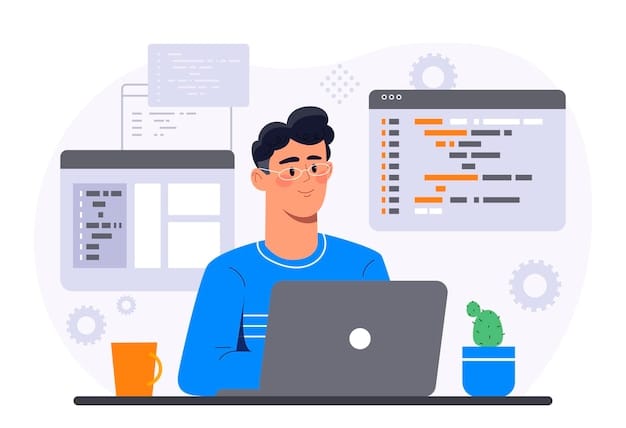
Learn Python earlydoesn’t just mean understanding how to create automated code—it’s about opening a lifetime of possibilities. Young learners who start their coding journey with Python for kidsoften develop stronger problem-solving abilities, greater creativity, and higher digital fluency compared to their peers. These are not only valuable in the tech world but are increasingly essential in daily learning and life.
Python is like a foundation stone which contributes to strong base of a greater level of computer science in the future. When children become used to Python and its syntax, logical thinking, and structure, the subject of algorithms, data structure, and even entire software development activities will be easy since they have the experience of Python. This makes it an ideal first step in programming for children.
Besides, an early learning of Python is of prime importance in development of analytical thinking. Coding teaches kids to think about logical procedure and learn how to handle problems systematically, an ability that serves these students in most of their classes such as math, science, and engineering. Many kids coding classes now use Python as their primary teaching language for this very reason.
The most thrilling and alluring aspect is that Python introduces one to the sphere of the new technologies. Exposure at an early age lets kids get acquainted with such fascinating sectors as artificial intelligence, robotics, and data science, which are the areas of the future of work and innovation. Early exposure to such areas can help awaken an interest within that can contribute towards a subsequent coding career pathof significance and achievements in the ensuing digital world.
Learning Python at a young age is not only a clever academic solution but a strong tool to arm the children with the means of success in the 21 st century.
The Role of Kids Coding Classes
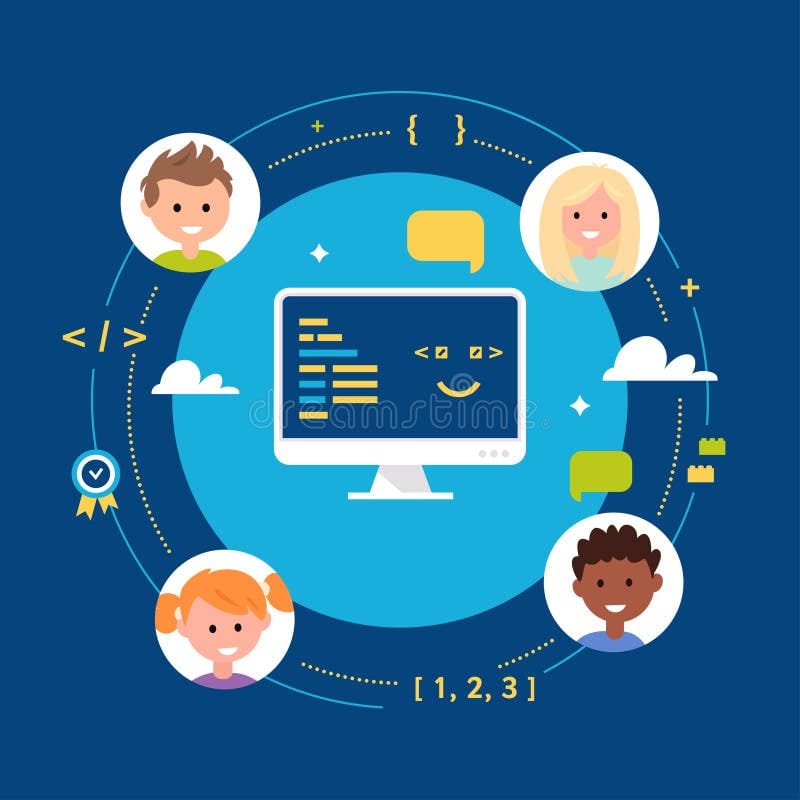
Python is as easy-going as it comes, but the proper form and explanation can vastly improve the learning process of children. It is here that kids coding classes enter the picture. These are well-planned courses that are focused on the introduction of young students to programming for children, making it interesting, as well as informative.
They give the outline, the assistance, and the inspiration which children require to come to grips with Python for kids. Among the primary advantages of these classes, it is possible to mention the emphasis on practical projects and tasks.
Instead of watching tutorials, kids can learn Python early through doing, as they create their own work of reality a real-world project, whether it is a game, story animation, an interactive app, or even AI-powered tool. Such on-the-job experiences not only boost their knowledge on coding but also inculcate problem solving, creativity and strength.
One of the major trends today is the use of interactive and gamified platforms of learning so that kids coding classes remain fun and engaging. Presenting the lessons in the form of a game, challenge, or quest, these platforms can sustain attention levels and provide stimulation more easily than with older learners, who are motivated by challenging environments.
The visual results with immediate feedback also contribute to the effectiveness of learning and present programming like an adventure of excitement.
Equally more important, coded academic courses of this kind tend to give exposure to a supportive network and a helpful guide. Coding is not without frustrations and kids need to have good, experienced hands to help them through the tricky concepts or bugs.
Group setting also allows kids to learn by working and communicating with their peers; this should also result in improvement of communication skills and self confidence.
In a nutshell, kids coding classes facilitate the learning process in a way that makes Python coding something enjoyable and rewarding, ultimately turning the decision to pursue a coding career pathin computer science into a natural choice.
Early Python Skills and the Coding Career Path

Learning Python at a young age does not only have academic advantages, it may also be an effective career booster towards fanciful careers and careers with soaring growth. Python for kids is one of the most popular programming languages in the world, which is why it is at the heart of many different technologies and industries. As Chiapas turned into an expert of Python, not only did he learn how to code, but also acquire skills that will make him more ready than ever before in years to come, paving the way for a promising coding career path.
Python is also popular in many positions in the technical field, including software development/engineering, web development, artificial intelligence, cybersecurity, data analysis, and even game development.
The fact that it is being used in advanced areas such as machine learning and robotics implies that individuals who learn to use Python early enough have the potential of moving ahead in the high paying and innovative sectors.
In addition to the specific knowledge required in their work field, early learners of Python gain confidence and extremely transferable skills. The problem solving, logical thinking and creativity involved in coding can be quickly applied to most fields even in the field that is not related to technology. Such basic skills will aid your children to become flexible thinkers and efficient learners, which is something that will be useful to them in any professional direction.
Python Project Ideas for Children: Amazing projects
Hands-on projects are one of the most effective methods that help kids to build on their coding abilities and motivate them. Kids coding classes often include such activities because projects add fun to learning—children get to explore how what they learned can be used creatively and effectively to make working programs. There are numerous possibilities available in Python for kids that a beginner can have fun with and use as an educational tool.
The most convenient way to start would be to create a number guessing game where a computer picks a number randomly, and the player will have to guess it. This is an easy-to-do project, which aids in teaching programming for children about loops, conditionals, and user input—primary concepts of coding.
The most convenient way to start would be to create a number guessing game where a computer picks a number randomly, and the player will have to guess it.
This is an easy-to-do project, which aids in teaching children about loops, conditionals, and user input, which are primary concepts of programming.
The other cool suggestion is to develop a simple chatbot. Children can run Python to play out an interaction between a man and a chatbot. The project presents them with strings, functions, and simple AI logic, being creative and having a sense of humor at the same time.
Younger students that are fond of telling stories would enjoy creating a digital story book or an interactive quiz which will serve as an interactive approach on how to combine coding and story telling. It is possible to build branching stories, quiz games with multiple choices, and even the educational games with the help of Python.
Simple graphics and animation can also be learned by kids through the use of the Turtle library that enables them to draw shapes and patterns and animate them with very little code. It is an aesthetic introduction to programming logic and the geometry.
Lastly, kid who likes to clean something up could mechanize something of his own liking such as a to-do list application. Constructing a simple productivity tool, the kids learn how to handle files, how to handle lists, how to handle user interfaces, and end up learning something that they may well end up using in the real world.
The project ideas that will be discussed here not only strengthen the skills in programming but also can help children become aware of the real-world usage of coding and, therefore, make the learning even more interesting and motivating.
Programming for Children: What Parents Need to Know
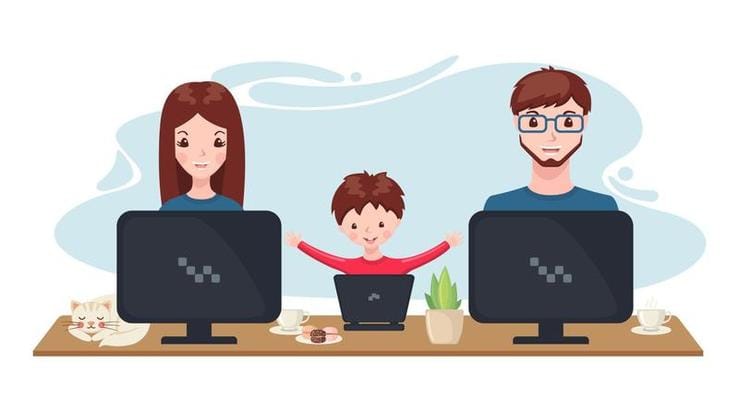
Parents are essential to help children establish good coding habits. The most important thing is to select an effective learning environment, and sites such as Codeyoung, Scratch to Python, and Trinket are designed to make programming for children fun and easy.
Such tools provide interactive lessons and creative projects that correspond to various age groups and learning styles. Practice makes kids perfect as It can help kids to remain scheduled by installing easy-to-follow schedule, even once a week, 30 minutes a couple of times per week, which will enable a kid to gain confidence and learn Python early.
Practice helps to entrench the concept, promote problem solving and to maintain their interest. First and most important, be happy with small victories. You do not have to learn Python for kids to help your kid out, praise, taking interest, and acknowledgment of effort count as well. Positive encouragement makes children like the learning process and feel motivated in their learning path to their coding.
Soft Skills Built Through Python
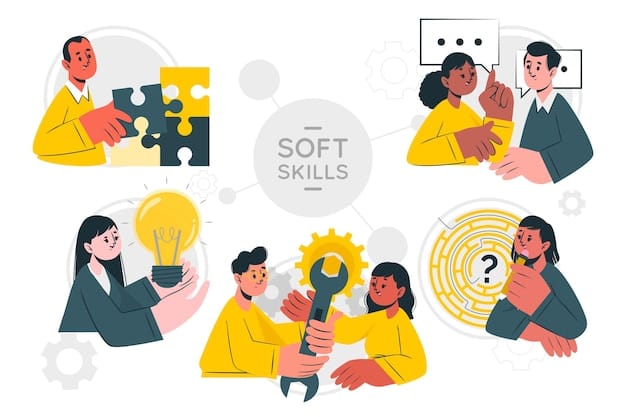
Python for kids will teach children not only to code but also a wide variety of valuable soft skills that are much more than what they will see on a computer screen. These are also the same skills that promote academic achievement, collaboration and flexibility in any profession or in life. To begin with, Python organically develops logical thinking and sequence.
Creating code means the kids have to be able to break problems into steps, learn about cause and effect, and strategize in a systematic manner which is beneficial in doing all kinds of things but can be applied to writing essays or solving math problems. One of the most important things that one could learn in debugging code is patience.
It is also through such a scenario that when programs fail to do what they are expected to do, kids learn to be troubleshooters, they learn to test various solutions and they learn to never give up until they are able to achieve success. This creates psychological toughness and problem-solving attitude, skills that can help them along their coding career path.
The choice of the collaboration also covers in most Python learning environments, which would be a project-based one in which the students would operate in pairs or groups, collaborating to develop apps, games, or digital tools. This experience promotes communication, collaboration, sharing and taking feedback which are essential both at school and the workplace.
Conclusion: Coding Skills in Python
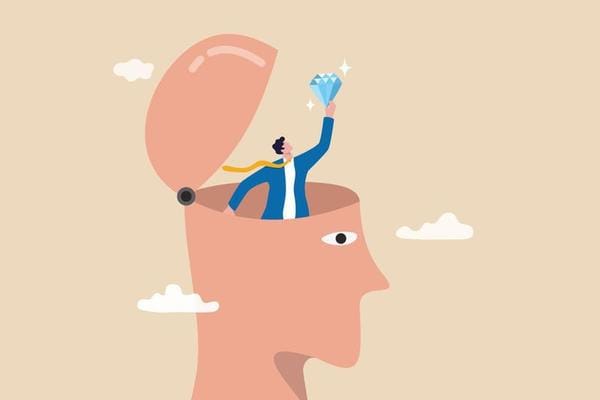
Learning Python soon is not just a technical training; it is an investment in the academic, career, and even personal life of your child. It exposes them to the language of the future that helps to increase confidence in their problem-solving skills and fosters creativity and collaboration.
It is real and possible, especially with suitable tools, established guidance, and the assistance of parents or educators, to allow children to experiment with coding in an interesting and worthwhile manner, consistent with their interest. Python introduces children to careers in STEM, reasoning and a lifetime of learning; in addition to providing them the fun of creating something that is so uniquely crafted using their hands.
FAQs - Python for Kids and Teens
Why should kids start with Python instead of another programming language?
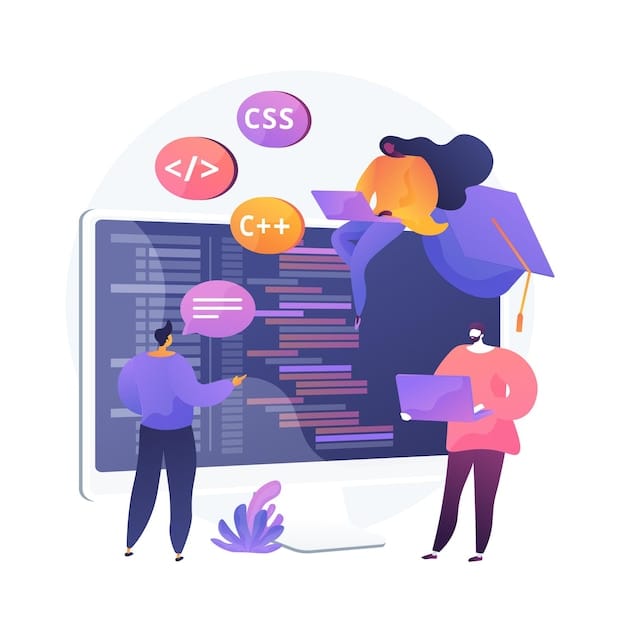
Python has a simple, understandable code, which resembles common language, therefore it is less difficult for the kids to comprehend the logic of using this language and not feel intimidated.
It has removed the technical hurdle that makes beginners shy of learning; thus, enabling children to learn, first and foremost, how to think, be creative.
How does Python support a future coding career path?
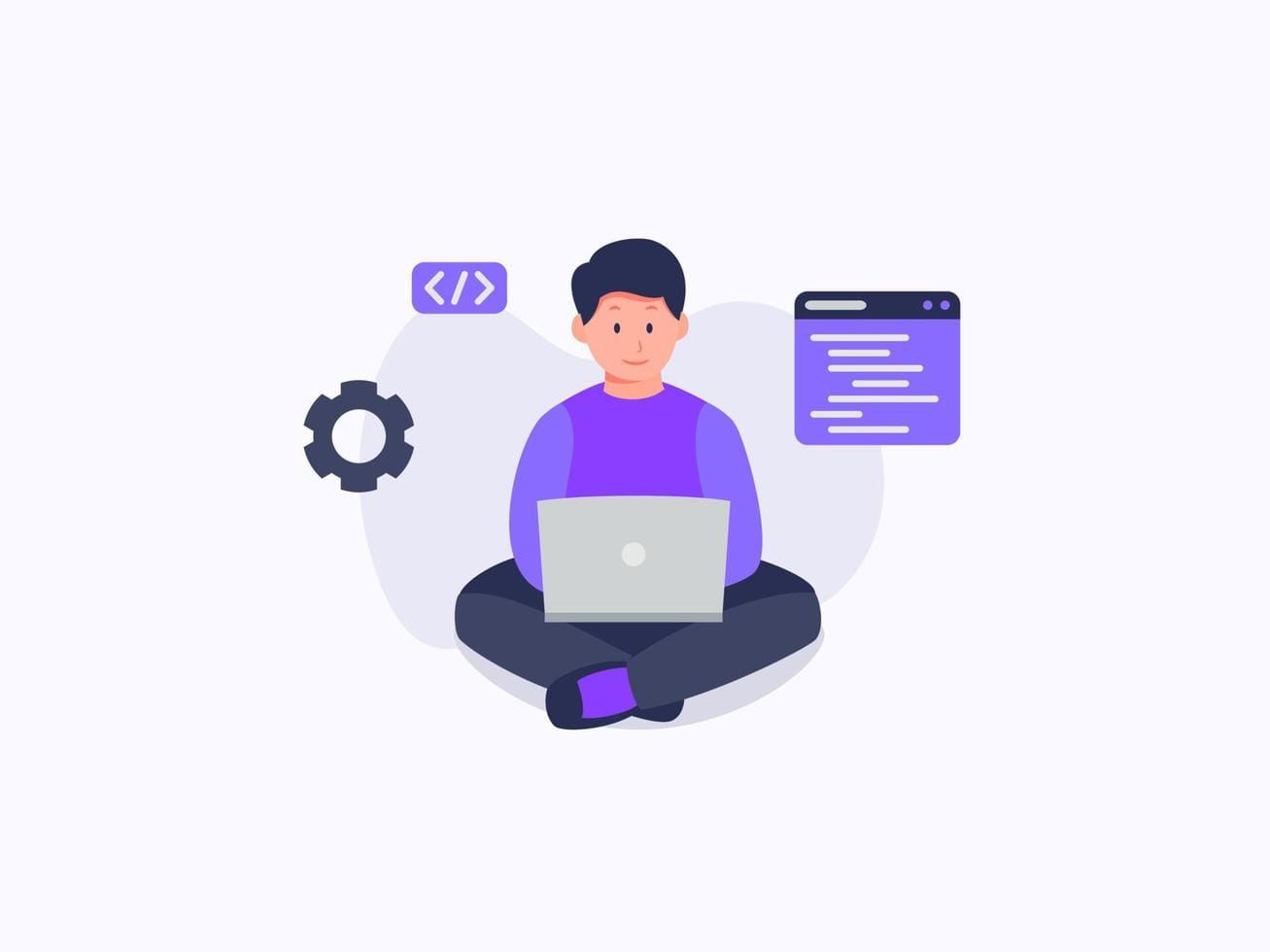
Python is one of the fundamental languages in the current technology world, and some of the fields it is used in include AI, data science, web development, automation and game design.
Early exposure allows children to have a practical experience of real-life tools, preconditioning the further process of learning and providing access to high-competitive and future-proof career opportunities.
Can learning Python improve school performance?
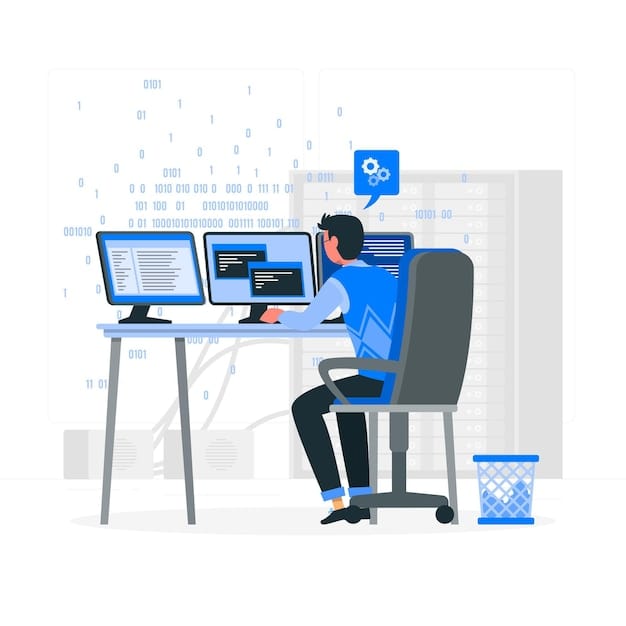
Absolutely, Python also enhances reasoning ability, pattern recognition and math and problem skills. Such skills are directly correlated to better performance in other subjects such as mathematics and science.
Coding is also a skill that trains focus, attention to detail, and analytical thinking, which are all skills that contribute to success in all disciplines of study.
What kind of projects can kids build with Python?
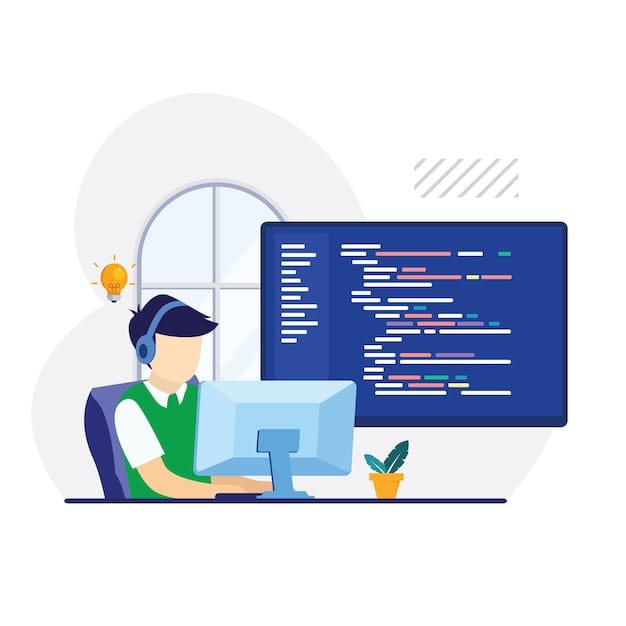
Children will be able to make numerous entertaining scripts like number guessing games, interactive quizzes, simple animations with Turtle graphics, chatbots based on stories, calculators, and mini web-applications.
These projects also enhance creativity along with strengthen special programming principles such as loops, functions, variables, and conditional logic.
How can I keep my child motivated to continue learning Python?
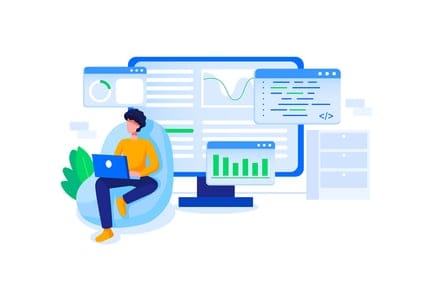
Maintain learning as enjoyable and objective-based. Make your child develop their own projects, attend coding lessons with a group of students, and play learning apps and games.
Celebrate achievements, no matter how minor, and allow them to research things they are interested in, be it games or AI.
Comments
Your comment has been submitted successfully!